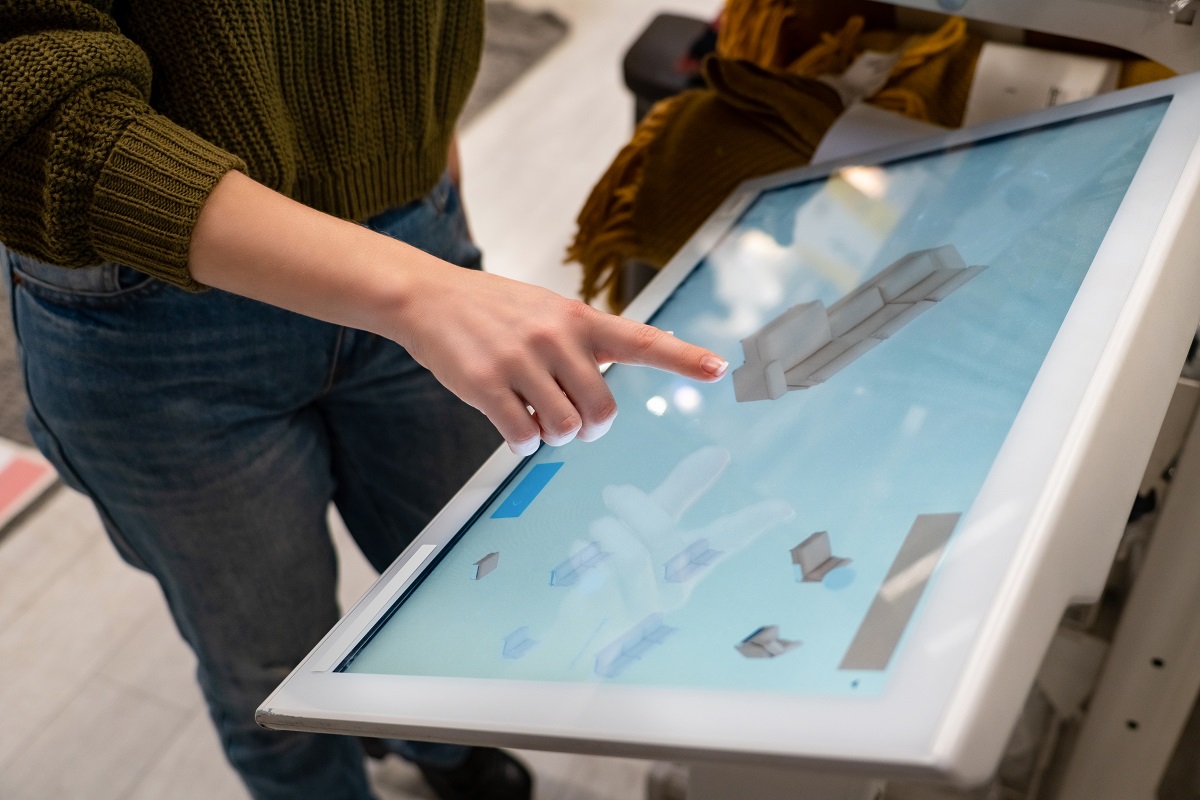
Product configuration software has evolved significantly over the years, enabling manufacturers of discrete products to efficiently offer customization options to their customers. In this post, we’ll explore the key stages in the evolution of configurator software for manufacturing complex products so you can choose the tool that’s best for your operation.
Manual Configuration
For many smaller companies, product customization is a time-consuming and error-prone process. Manufacturers rely on manual methods, such as paper-based order forms or spreadsheets, to capture customer requirements and configure products accordingly. This approach lacks scalability and often leads to inconsistencies and delays in the manufacturing process.
It’s not unusual for a salesperson to need to check with the factory to see if a specific product is available in a certain size in a particular finish. And if the request comes in on the weekend, there’s a good chance no answer is available until the factory opens on Monday.
Rule-based Configurators
As technology advanced, rules-based product configurator software for manufacturing emerged. These software tools allowed manufacturers to define a set of rules and constraints that governed the valid combinations of product features. Customers could interact with these product configurators through simple user interfaces to select their desired options. Rule-based configurator software for manufacturers helped automate the configuration process, reducing errors and speeding up the quotation and order-generation processes.
Knowledge-based Configurator Software for Manufacturing
Knowledge-based configurators introduce a more advanced approach by incorporating explicit knowledge representation techniques. Manufacturers encode their product knowledge into a knowledge base, which includes information about product features, rules, dependencies, and constraints. This enables a more complex and intelligent configuration process, accommodating intricate product relationships. Knowledge-based configurator software for manufacturing enhances the accuracy and efficiency of product configuration, leading to improved customer satisfaction.
3D Visualization and Virtual Reality (VR)
With the rise of 3D modeling and visualization technologies, product configuration software for manufacturing began incorporating immersive experiences. Customers can now visualize their customized products in real-time 3D, exploring various options such as size, finish, and materials. The introduction of virtual reality (VR) further enhances the configurator’s capabilities by allowing customers to virtually interact with their configured products, gaining a realistic sense of the final product. What better way to visualize kitchen cabinets or furniture than by seeing them superimposed in one’s home, to scale? 3D visualization and VR capabilities significantly improve customer engagement and reduce ambiguity in the customization process.
Integration with Manufacturing ERP Software
Modern product configurator software for manufacturing has evolved to integrate with or work as essential components of enterprise systems such as enterprise resource planning (ERP) and manufacturing execution systems (MES). This integration streamlines the end-to-end process, from capturing customer requirements to generating manufacturing cut lists to providing delivery dates.
When your product configurator software for manufacturing is part of your manufacturing ERP system, it enables seamless data exchange, automates workflows, and facilitates accurate cost estimation, production planning, and order fulfillment. Integration with key systems, including finance, ensures a smooth flow of information throughout the organization, improving efficiency and reducing errors.
Parametric-based Online Product Configurator
In a parametric configuration system, manufacturers establish a set of parameters that define the characteristics of their products. These parameters can include dimensions, materials, finishes, colors, performance specifications, and other relevant attributes. Instead of selecting from a predefined set of options, parametric configurator software for manufacturing enables users to define specific values or ranges within predefined limits for various product parameters.
Then, the online product configuration software uses these predefined ranges and constraints to validate the customer’s input and ensure that the specified values fall within acceptable, buildable ranges. Real-time feedback and 3D visualizations are provided to help customers understand the implications of their selections.
Parametric configuration offers greater flexibility and customization than rules- or knowledge-based configurators while maintaining control over the feasible options. It is ideal for products that are often engineered, built, or assembled for a specific customer or job site such as windows, doors, kitchen and bath cabinets, countertops, window treatments, blinds and shutters, closet design, store fixtures, and other types of site-specific projects.
By defining the parameters and rules in the software, manufacturers of complex and customizable products can ensure that the resulting product configurations are feasible, valid, and manufacturable. It helps streamline the customization process, reduce errors, and accelerate the quotation and order generation processes.
AI and Machine Learning Integration
The latest advancements in artificial intelligence (AI) and machine learning promise to further transform product configurator software for manufacturing. AI techniques, such as natural language processing and image recognition, enable enhanced customer interactions. Chatbots and virtual assistants can understand customer preferences and guide them through the configuration process.
Machine learning (ML) algorithms can analyze customer data to provide personalized recommendations and optimize product configurations based on historical patterns and market trends. AI and ML integration in product configurator software for manufacturing empowers companies to deliver highly tailored and optimized products, increasing customer satisfaction and driving sales.
Conclusion
Overall, the evolution of product configuration software has revolutionized the manufacturing industry by enabling manufacturers to efficiently offer more customization options. From manual processes to AI-powered systems, each stage has contributed to improved accuracy, efficiency, and customer engagement, enhancing the overall customer experience.
At the heart of Frontier ERP manufacturing software is a fully integrated, parametric product configurator designed for discrete manufacturers of complex, customizable products. The Frontier ERP manufacturing system runs on a highly stable and robust platform. It can be installed locally or hosted in the cloud. For a demo of Frontier ERP and its parametric product configurator software for manufacturing, contact us today.



